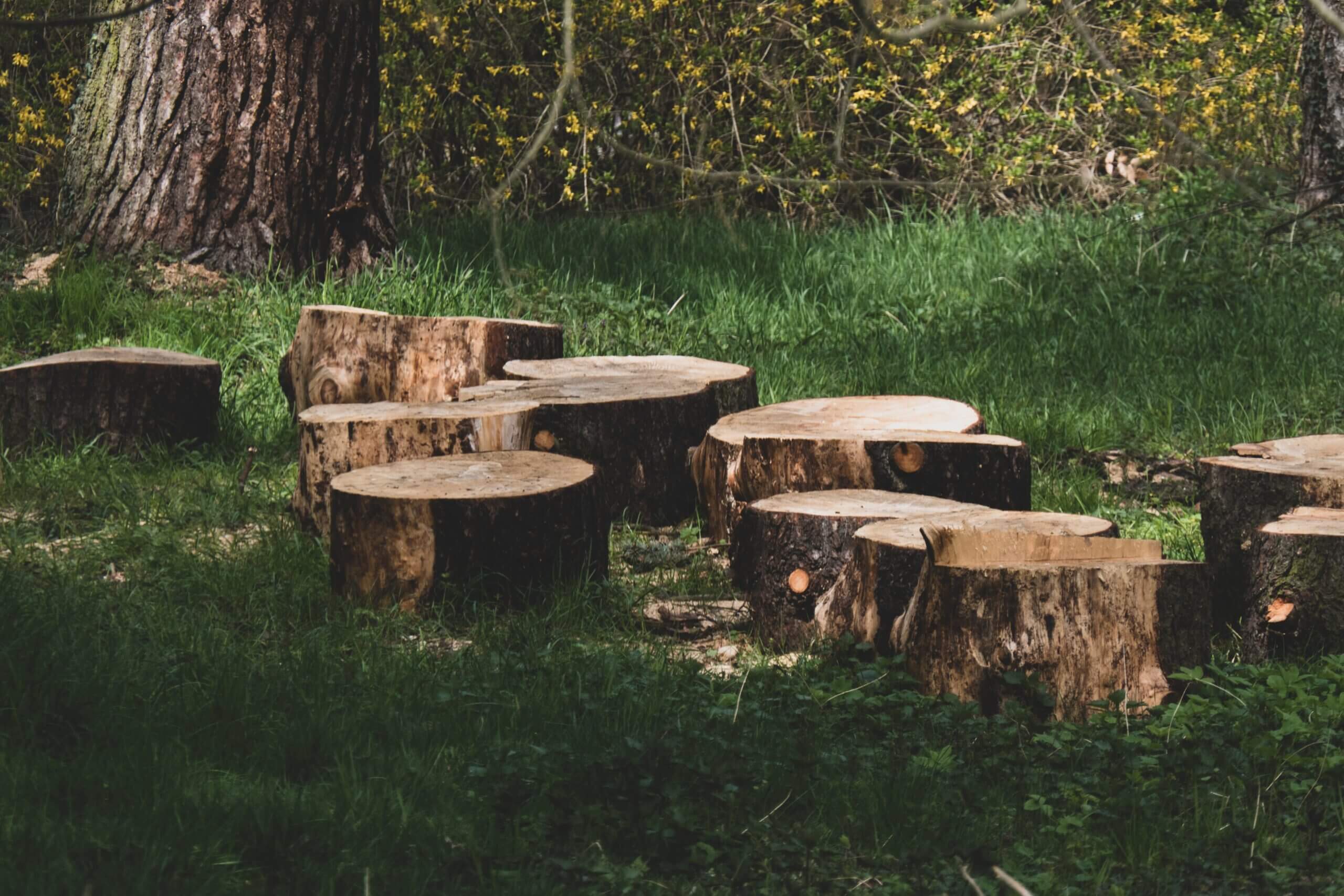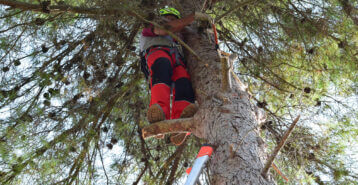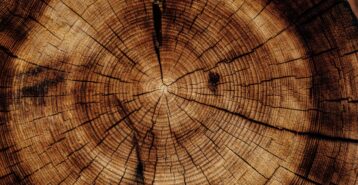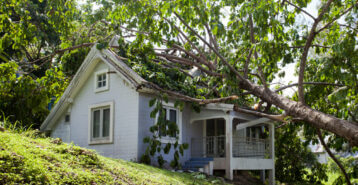Trees are a wonderful, natural part of neighborhoods and backyards. They’re beautiful to look at, they offer privacy, and they’re part of a thriving ecological web responsible for improving air quality and supporting wildlife. Occasionally though, trees can become a problem, especially if they’re encroaching on our homes, disrupting sidewalks, cracking driveways and reaching their roots into our homes’ foundations and plumbing systems. In some cases, a tree might die, be struck by lightning or get upended in a storm. In each of these cases, tree removal is a likely solution.
In this guide, we’ll take a look at why you might need to cut trees down and all that’s involved in the process from hiring a professional to taking care of your yard after the fact.
Understanding Tree Removal
As mentioned, there are many reasons why you might want to have a tree removed, beginning with its health and the negative effects it could be having on your home or property. Some trees that are positioned closely to a home might overhang a roof, posing a risk. In other cases, certain tree species will drop seasonal fruit and nuts, dirtying a yard or inviting nuisance critters to feast. These scenarios might be cause for removal.
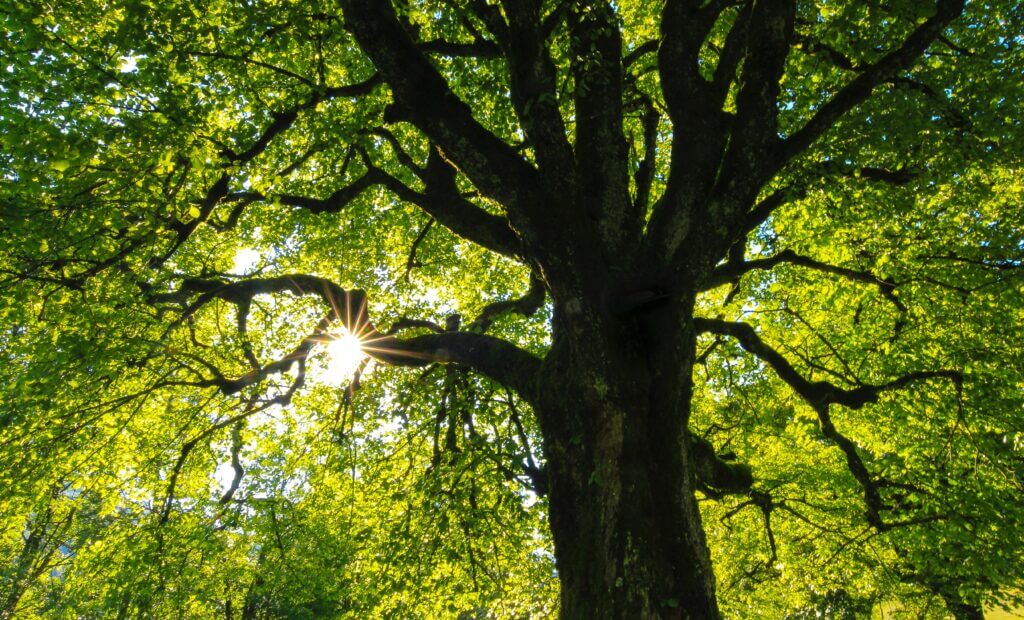
You might need to remove a tree to make changes and improvements to your lot, from widening a driveway to adding a patio. Finally, you might find that a tree on your property is an invasive species that should be removed for the health of surrounding flora.
Whatever the reason, there are several characteristics of these trees that will factor into its removal including its size, root structure and the type of wood and its density which can affect the job.
Evaluating the Tree and Area
- Assess Tree Health: Check for stability indicators such as missing bark or leaves, decaying or broken branches, and signs of mold or fungus growth.
- Identify Potential Dangers: Look for indications of instability, like a leaning tree, which could suggest compromised roots or inadequate soil support.
- Survey Surrounding Area: Examine the tree’s proximity to structures (home, garage, patio, driveway), other trees, and power lines.
- Decision-Making Factors: Use the information gathered about the tree’s health and surrounding risks to decide whether to undertake DIY removal or hire a professional.
Legal and Safety Considerations
- Permit Requirements: Understand that tree removal often requires a permit, with regulations varying on ownership between homeowners and local municipalities.
- Professional Hiring Mandates: Some permits may necessitate hiring professional tree removers due to the inherent dangers and complexities of the job.
- Operation of Heavy Machinery: Be aware that tree removal involves using equipment like chainsaws and woodchippers, with even small trees necessitating safety gear like helmets and goggles.
- Legal and Safety Risks: Acknowledge the risks involved, including potential injuries, property damage, and legal consequences for not adhering to local permit requirements.
DIY Tree Removal
If you’re looking to save money, you’ve likely considered removing trees yourself. This is definitely possible, but it’s not without its risks as outlined above.
That said, most guides will recommend hiring a professional for all but the smallest trees with the lowest risk of hitting another structure in the process.
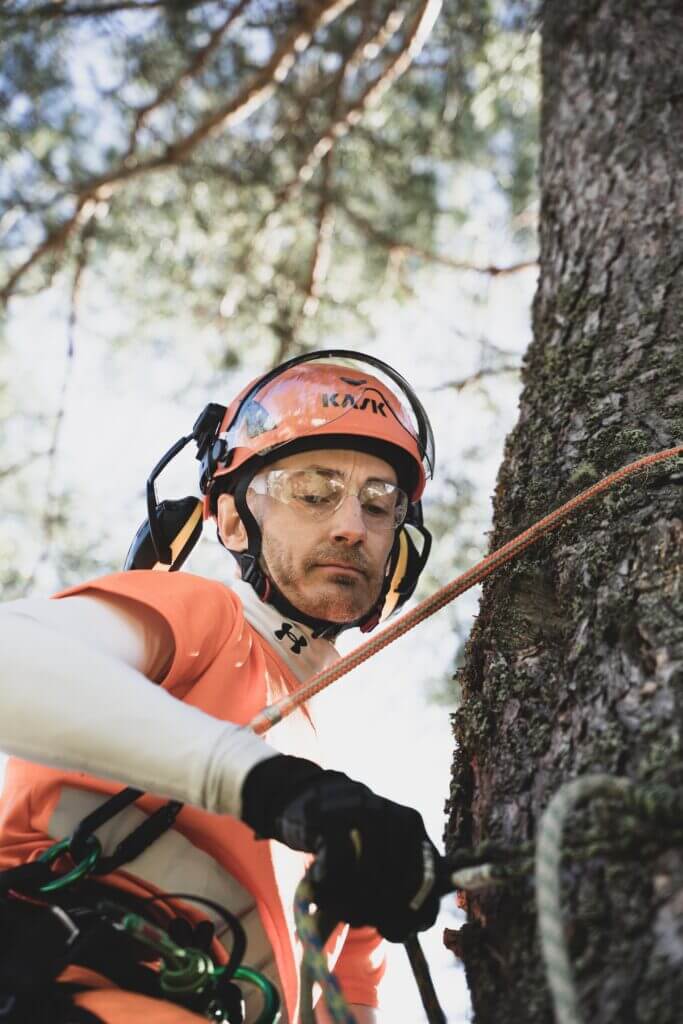
If you do plan to cut down a tree yourself, you’ll want to secure a permit and all necessary safety equipment. Then, assess the direction in which you want the tree to fall. You’ll then make a series of cuts at the base of the tree to ensure that it falls in the correct direction. Once down, you’ll want to remove the tree’s limbs and break the tree up into management pieces for removal. Once you’ve cleaned up, you can also consider having the tree’s stump removed from the ground.
Hiring a Tree Removal Professional
For larger trees in tricky situations, we recommend hiring a professional. In order to find one that’s up to the task, look for companies that are permitted and insured by verifying their credentials and reading up on customer testimonials. Make sure these professionals have experience removing trees like the one you’re considering, and have them out to your property to offer a quote.
Be sure to ask questions about the process, the time frame and the costs of the project. Most companies can remove one or several trees in a single day. Many companies will remove stumps on a different day, as this can be an intensive process requiring different equipment. Costs range per tree based on size and difficulty. They begin at about $200 to $400 for a 30 foot tree all the way to $2,000 and above for trees reaching 80 feet in height.
Preparing for Tree Removal
If you hire a company for tree removal, you’ll likely still play a part in prepping your home and yard for the job. That means clearing a path for the crew to access your trees, making sure the necessary permits are in order and clearing your property of any valuable belongings you might be considered about including vehicles, patio furniture, etc. While most professionals can all but guarantee that a tree will land safely, you’ll want to make sure you don’t have things laying around that could be damaged in the process.
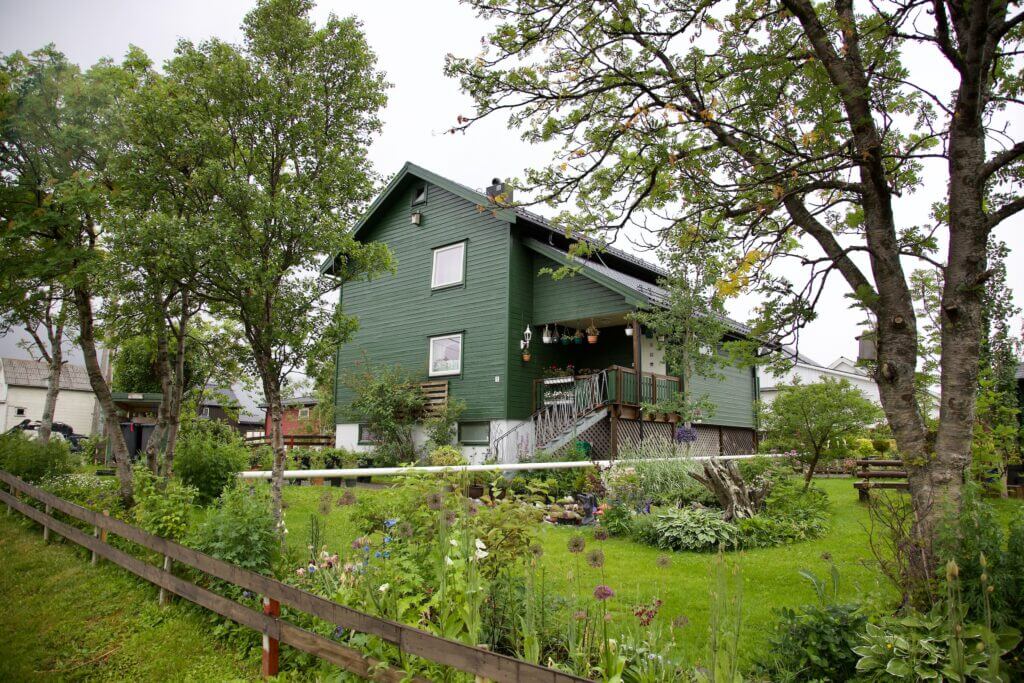
If your home has power or cable/phone lines in the way, you might need to get in touch with the utility companies involved before the tree is removed. Oftentimes, tree removal professionals will coordinate this themselves.
The Tree Removal Process
- Crew Arrival and Preparation: Expect a small crew to arrive, reassess the tree, set up equipment, and put on safety gear.
- Tree Felling Process: The tree will be safely felled in a predetermined direction, followed by limb removal and trunk sectioning.
- Removal and Disposal Options: Decide if the crew will remove and dispose of the tree, or leave it on-site for your use as firewood or mulch, which can be cost-saving.
- Cleanup Procedure: After the tree is dealt with, the crew will clean up the area before departing.
- Handling Large Trees: For bigger trees, ropes might be used for directional felling, and heavy equipment may be necessary for disposal or off-site transportation.
Post-Removal Care
Once a tree has been removed, you will have to consider whether to remove the stump. Stump removal is often a separate task with its own cost. Tree stumps can be removed mechanically through drilling or with chemical treatments that kill and eat away at the stump and root system.
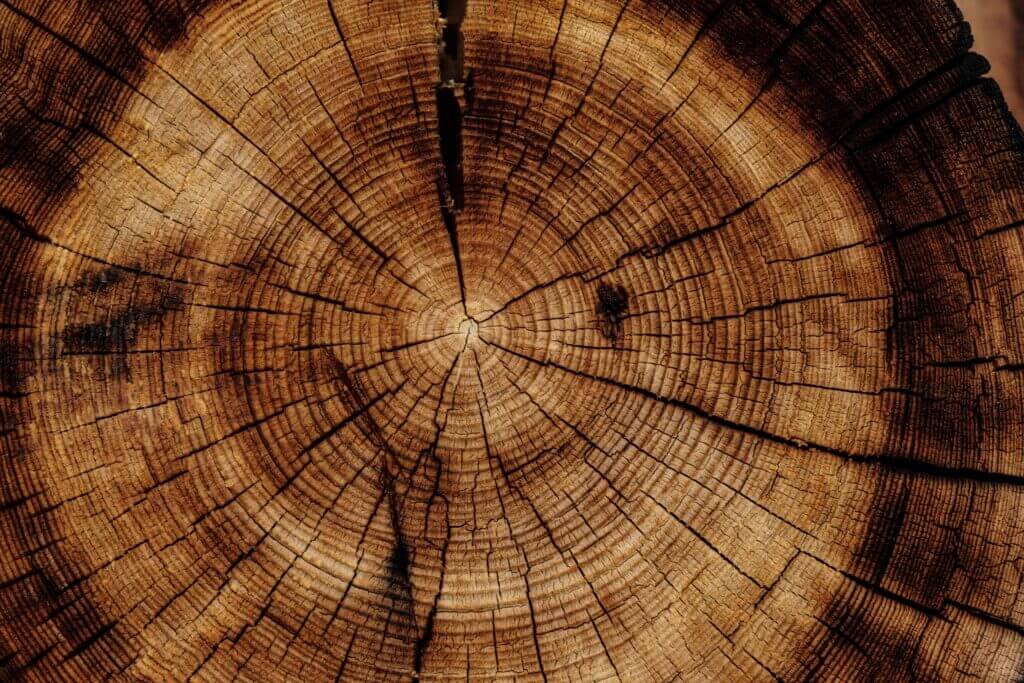
If you do opt to have the stump removed, it’s likely you’ll need to backfill the resulting hole with new soil and sod, depending on the size.
Alternatives to Tree Removal
If you have a tree on your property that you’re considering removing, keep in mind there could be more affordable options that will allow you to keep the tree. It could be that a sick or damaged tree simply needs pruning. This can be the same for trees overhanging your roof and dropping organic matter.
Some trees that are ill can be treated for their disease, thus allowing you to keep the tree on your property. If you’re looking for ways to preserve a tree while fixing some of the problems it’s causing, consult with an arborist who can go over the full range of tree services available. These tree experts will have suggestions on how to care for the tree beyond its removal.
There are tons of factors you’ll want to consider before deciding to have a tree removed, from assessing the tree’s health to finding the right professional or deciding to do the project yourself. It’s only with a full understanding of the factors at the play and the procedures involved that you’ll be able to make a sound decision. Luckily, there are great online resources to browse as you learn more about the topic and determine how to proceed, including guides like this to outline the process.
